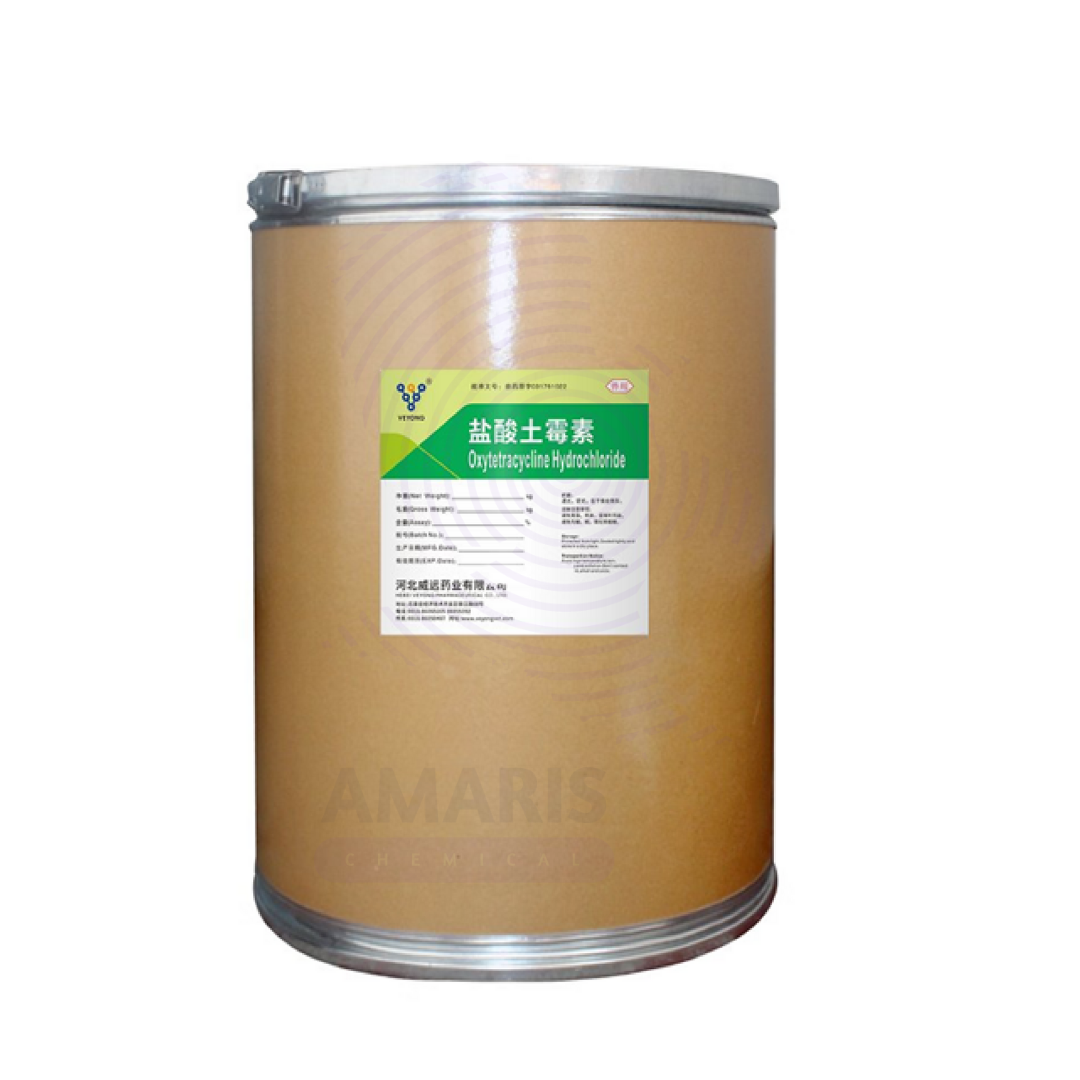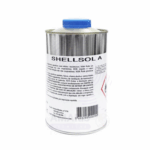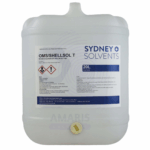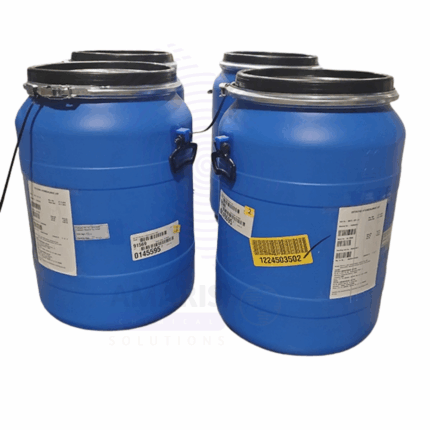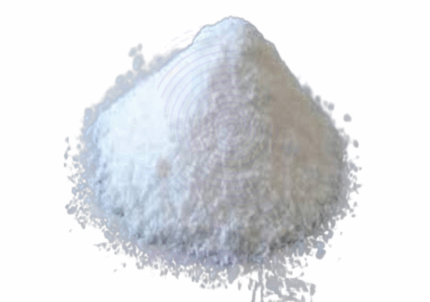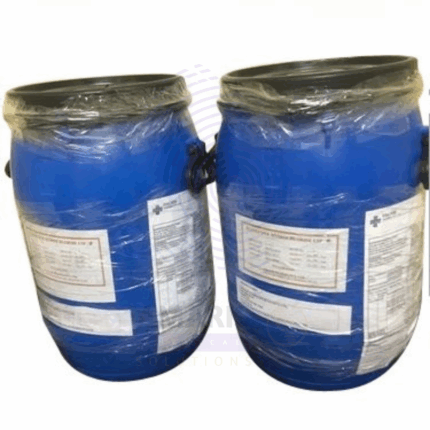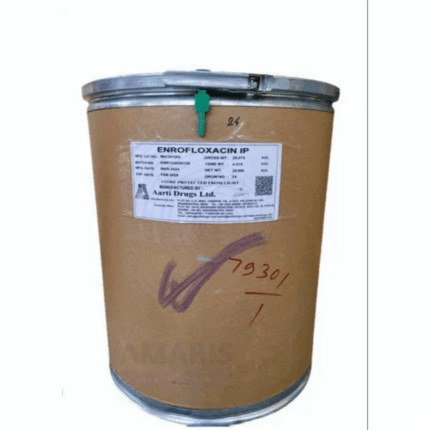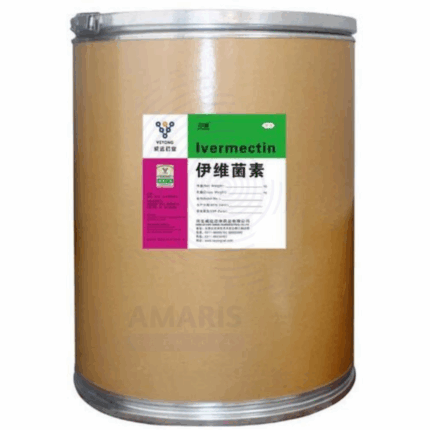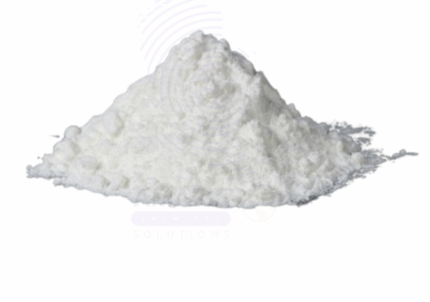Oxytetracycline HCL BP
Oxytetracycline HCL BP is a broad-spectrum tetracycline antibiotic used in human and veterinary medicine. It inhibits bacterial protein synthesis by binding to the 30S ribosomal subunit, thus preventing the growth and multiplication of susceptible bacteria. Oxytetracycline HCL is effective against a wide range of Gram-positive and Gram-negative bacteria, as well as some protozoa. It is commonly employed to treat respiratory, urinary, and skin infections, and is also used extensively in veterinary applications to control infectious diseases in livestock and poultry.
Oxytetracycline HCL BP
Primary Uses
- Human Medicine
- Treatment of respiratory tract infections (bronchitis, pneumonia).
- Management of urinary tract infections (UTIs).
- Treatment of skin and soft tissue infections.
- Therapy for certain sexually transmitted infections such as chlamydia.
- Used in acne treatment due to its anti-inflammatory properties.
- Veterinary Medicine
- Treatment of bacterial infections in livestock (cattle, sheep, goats).
- Control of respiratory diseases in poultry and swine.
- Management of mastitis in dairy animals.
- Used to treat enteric infections and wound infections in animals.
- Agricultural Applications
- Occasionally used in aquaculture to control bacterial infections in fish.
Secondary Uses
- Protozoal Infections
- Effective against certain protozoa such as Rickettsia species and Mycoplasma.
- Periodontal Therapy
- Used adjunctively in treatment of periodontal (gum) disease.
- Topical Formulations
- Incorporated in ointments and creams for localized bacterial infections and skin conditions.
- Research Applications
- Used in microbiological studies as a selective antibiotic.
1. Basic Identification Attributes
- Chemical Name (IUPAC): (4S,4aS,5aR,6S,12aS)-4-(Dimethylamino)-3,5,6,10,11,12a-hexahydroxy-6-methyl-1,11-dioxo-1,4,4a,5,5a,6,11,12a-octahydrotetracene-2-carboxamide hydrochloride
- Common/Trade Name: Oxytetracycline Hydrochloride
- CAS Number: 2058-46-0
- HS Code: 2941.40.00
- Synonyms: OTC HCL; Terramycin HCL; Oxytet HCL
2. Physical & Chemical Properties
- Physical State: Fine crystalline powder
- Color & Odor: Yellow to orange-yellow; odorless
- Solubility: Freely soluble in water and dilute acids; slightly soluble in alcohol
- Melting Point: 205–207 °C (decomposes)
3. Safety & Hazard Attributes
- GHS Classification: Harmful if swallowed; may cause skin and respiratory irritation
- Toxicity: Low to moderate toxicity; use with caution and according to dosage instructions
- Exposure Limits: Use protective equipment to avoid inhalation and skin contact
4. Storage & Handling Attributes
- Storage Conditions: Store in a cool, dry place, protected from light
- Container Type: Supplied in airtight containers or bottles
- Shelf Life: Typically 2–3 years if stored properly
- Handling Precautions: Avoid dust inhalation and prolonged skin contact; use gloves and mask if necessary
5. Regulatory & Compliance Attributes
- Complies with BP (British Pharmacopoeia), USP, and other pharmacopeial standards
- Registered for human and veterinary pharmaceutical use
- Complies with national and international antibiotic regulations
6. Environmental & Health Impact
- Biodegradability: Moderately biodegradable
- Ecotoxicity: Avoid release into waterways; may be toxic to aquatic organisms
- Bioaccumulation: Not significantly bioaccumulative
- Carcinogenicity/Mutagenicity: No known carcinogenic effects; standard antibiotic precautions apply
Safety Handling Precautions
- PPE Required: Gloves, lab coat, and respiratory protection recommended during handling
- Handling Guidelines: Work in well-ventilated areas; avoid inhaling dust and direct skin or eye contact
- Storage Measures: Keep containers tightly sealed and away from incompatible substances
First Aid Measures
- Inhalation: Move to fresh air; seek medical advice if symptoms develop
- Skin Contact: Wash thoroughly with soap and water; seek medical attention if irritation persists
- Eye Contact: Rinse immediately with plenty of water for 15 minutes; consult a physician if irritation continues
- Ingestion: Do not induce vomiting; seek immediate medical attention
Firefighting Measures
- Fire Hazards: Non-flammable
- Extinguishing Media: Use water spray, foam, dry chemical, or CO₂ extinguishers as appropriate
- Special Precautions: Use standard protective firefighting equipment
- Hazardous Combustion Products: May emit toxic fumes of nitrogen oxides and carbon oxides under fire conditions
Related products
Cetirizine Dihydrochloride
Chloramphenicol Palmitate Micronised
Dicyclomine Hydrochloride
Diphenhydramine HCL BP
Enrofloxacin Hydrochloride
Ivermectin BP Vet
Lidocaine HCL BP
Miconazole Nitrate BP
Miconazole Nitrate BP is a high-purity, pharmaceutical-grade antifungal agent conforming to British Pharmacopoeia (BP) specifications. It is widely used in the formulation of topical and oral pharmaceutical products for the treatment of fungal infections caused by dermatophytes and yeasts, including Candida species. Miconazole Nitrate functions by inhibiting the biosynthesis of ergosterol, a vital component of fungal cell membranes, leading to cell death.
This white to off-white crystalline powder is highly effective and exhibits broad-spectrum antifungal and some antibacterial activity. It is commonly utilized in creams, ointments, powders, and gel formulations.


 Preservatives(food)
Preservatives(food) Flavor Enhancers
Flavor Enhancers Acidulants
Acidulants Sweeteners
Sweeteners Antioxidants
Antioxidants Colorants(food)
Colorants(food) Nutraceutical Ingredients (food)
Nutraceutical Ingredients (food) Nutrient Supplements
Nutrient Supplements Emulsifiers
Emulsifiers
 Collectors
Collectors Dust Suppressants
Dust Suppressants Explosives and Blasting Agents
Explosives and Blasting Agents Flocculants and Coagulants
Flocculants and Coagulants Frothers
Frothers Leaching Agents
Leaching Agents pH Modifiers
pH Modifiers Precious Metal Extraction Agents
Precious Metal Extraction Agents
 Antioxidants(plastic)
Antioxidants(plastic) Colorants (Pigments, Dyes)
Colorants (Pigments, Dyes) Fillers and Reinforcements
Fillers and Reinforcements Flame Retardants
Flame Retardants Monomers
Monomers Plasticizers
Plasticizers Polymerization Initiators
Polymerization Initiators Stabilizers (UV, Heat)
Stabilizers (UV, Heat)
 Antifoaming Agents
Antifoaming Agents Chelating Agents
Chelating Agents Coagulants and Flocculants
Coagulants and Flocculants Corrosion Inhibitors
Corrosion Inhibitors Disinfectants and Biocides
Disinfectants and Biocides Oxidizing Agents
Oxidizing Agents pH Adjusters
pH Adjusters Scale Inhibitors( water)
Scale Inhibitors( water)
 Antioxidants(cosmetic)
Antioxidants(cosmetic) Emollients
Emollients Fragrances and Essential Oils
Fragrances and Essential Oils Humectants
Humectants Preservatives
Preservatives Surfactants(cosmetic)
Surfactants(cosmetic) Thickeners
Thickeners UV Filters
UV Filters
 Fertilizers
Fertilizers Soil Conditioners
Soil Conditioners Plant Growth Regulators
Plant Growth Regulators Animal Feed Additives
Animal Feed Additives Biostimulants
Biostimulants Pesticides (Herbicides, Insecticides, Fungicides)
Pesticides (Herbicides, Insecticides, Fungicides)
 Active Pharmaceutical Ingredients (APIs)
Active Pharmaceutical Ingredients (APIs) Excipients
Excipients Solvents(pharmaceutical)
Solvents(pharmaceutical) Antibiotics
Antibiotics Antiseptics and Disinfectants
Antiseptics and Disinfectants Vaccine Adjuvants
Vaccine Adjuvants Nutraceutical Ingredients (pharmaceutical)
Nutraceutical Ingredients (pharmaceutical) Analgesics & Antipyretics
Analgesics & Antipyretics
 Analytical Reagents
Analytical Reagents Solvents(lab)
Solvents(lab) Chromatography Chemicals
Chromatography Chemicals Spectroscopy Reagents
Spectroscopy Reagents microbiology-and-cell-culture-reagents
microbiology-and-cell-culture-reagents Molecular Biology Reagents
Molecular Biology Reagents Biochemical Reagents
Biochemical Reagents Inorganic and Organic Standards
Inorganic and Organic Standards Laboratory Safety Chemicals
Laboratory Safety Chemicals Specialty Laboratory Chemicals(Special Laboratory Equipment)
Specialty Laboratory Chemicals(Special Laboratory Equipment)
 Demulsifiers
Demulsifiers Hydraulic Fracturing Fluids
Hydraulic Fracturing Fluids Scale Inhibitors(oil)
Scale Inhibitors(oil) Surfactants(oil)
Surfactants(oil) Drilling Fluids
Drilling Fluids
 Dyes and Pigments
Dyes and Pigments Bleaching Agents
Bleaching Agents Softening Agents
Softening Agents Finishing Agents
Finishing Agents Antistatic Agents
Antistatic Agents
 Admixtures
Admixtures Waterproofing Agents
Waterproofing Agents Sealants and Adhesives
Sealants and Adhesives Curing Compounds
Curing Compounds Concrete Repair Chemicals
Concrete Repair Chemicals Anti-Corrosion Coatings
Anti-Corrosion Coatings
 Surfactants(cleaning)
Surfactants(cleaning) Builders
Builders Enzymes
Enzymes Solvents (Cleaning)
Solvents (Cleaning) Fragrances
Fragrances
 Electronic Chemicals
Electronic Chemicals Catalysts
Catalysts Lubricants
Lubricants Photographic Chemicals
Photographic Chemicals Refrigerants
Refrigerants Automotive chemicals
Automotive chemicals Pyrotechnic Chemicals
Pyrotechnic Chemicals
 Biodegradable Surfactants
Biodegradable Surfactants Bio-based Solvents
Bio-based Solvents Renewable Polymers
Renewable Polymers Carbon Capture Chemicals
Carbon Capture Chemicals Wastewater Treatment Chemicals
Wastewater Treatment Chemicals
 Pigments
Pigments Solvents(paint)
Solvents(paint) Specialty Coatings
Specialty Coatings Binders/Resins
Binders/Resins Additives
Additives Driers
Driers Anti-Corrosion Agents
Anti-Corrosion Agents Functional Coatings
Functional Coatings Application-Specific Coatings
Application-Specific Coatings
 Fresh Herbs
Fresh Herbs Ground Spices
Ground Spices Whole Spices
Whole Spices Spice Blends
Spice Blends Dried Herbs
Dried Herbs
 Leavening Agents
Leavening Agents Dough Conditioners
Dough Conditioners Flour Treatments
Flour Treatments Fat Replacers
Fat Replacers Decoratives
Decoratives Preservatives(baking)
Preservatives(baking)
 Plasticizers & Softeners
Plasticizers & Softeners Reinforcing Agents
Reinforcing Agents Adhesion Promoters
Adhesion Promoters Vulcanizing Agents
Vulcanizing Agents Antidegradants
Antidegradants Blowing Agents
Blowing Agents Fillers & Extenders
Fillers & Extenders Accelerators & Retarders
Accelerators & Retarders